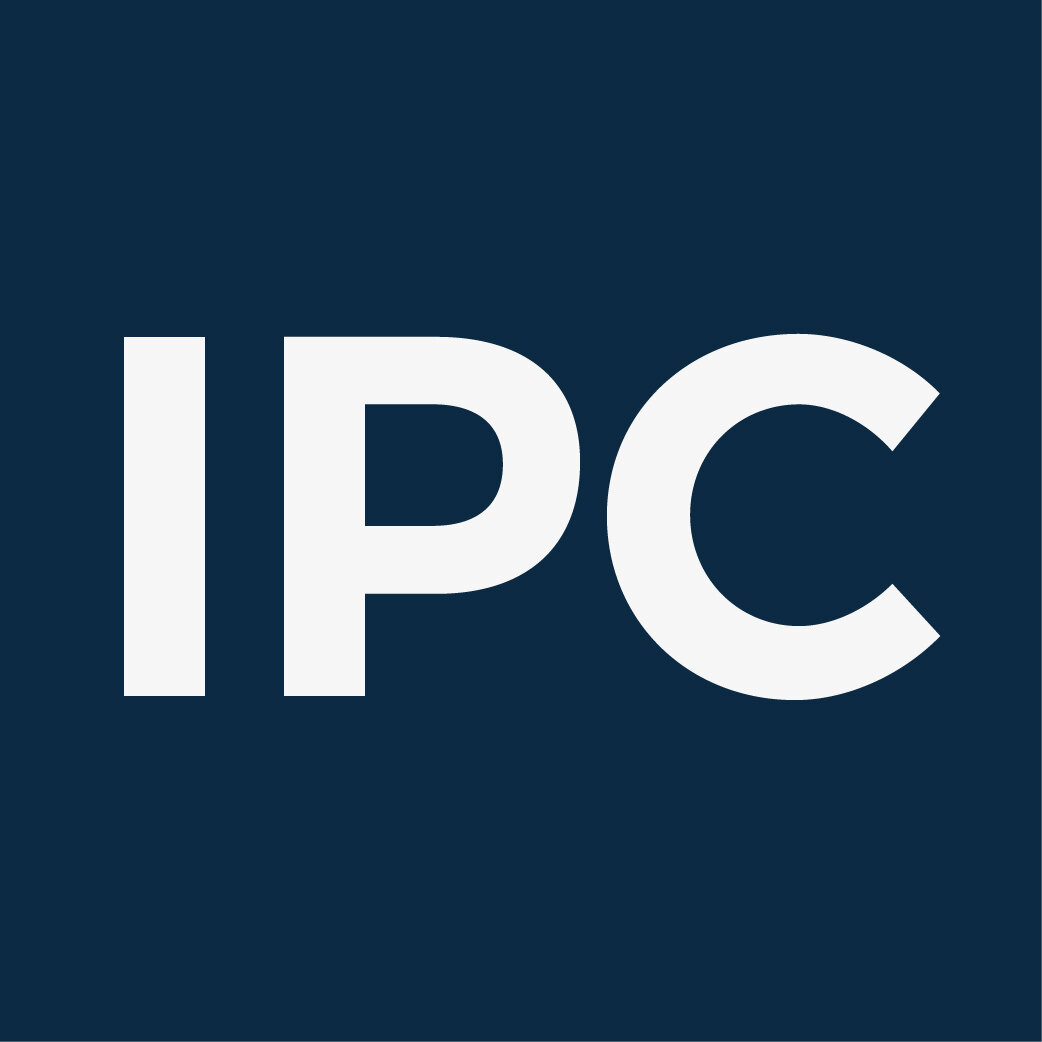Writing Quality Objectives
This informative article will guide you through the process of writing quality objectives that are compliant with ISO 9001:2015.
In the ISO 9001:2015 standard, quality objectives play a crucial role in driving an organization towards continual improvement and excellence. Quality objectives are specific, measurable, achievable, relevant, and time-bound (SMART) targets that align with an organization's quality policy and support its overall business goals.
Understanding ISO 9001:2015 Requirements for Quality Objectives
ISO 9001:2015 outlines several requirements related to quality objectives:
Alignment with Quality Policy: Quality objectives must be consistent with the organization's quality policy. They should directly support the commitments made in the policy, including customer focus, compliance, and continuous improvement.
Relevance to Processes and Products: Quality objectives should be relevant to the processes and products of the organization. They must address critical areas that can impact customer satisfaction, product quality, and overall performance.
SMART Criteria: The objectives must meet the SMART criteria, meaning they should be Specific, Measurable, Achievable, Relevant, and Time-bound. This ensures clarity and practicality in their implementation and evaluation.
Monitored and Measured: The organization is responsible for monitoring and measuring its progress towards achieving quality objectives. This data is valuable for performance evaluation and decision-making.
1. Identify Key Performance Areas
Begin by identifying the key performance areas in your organization. These could be related to product quality, customer satisfaction, delivery times, process efficiency, or any other critical aspect of your business. Involve relevant stakeholders, including department heads and process owners, to ensure comprehensive coverage of all vital areas.
2. Align with Quality Policy
Ensure that the identified quality objectives are in direct alignment with your organization's quality policy. Quality objectives should contribute to fulfilling the commitments made in the policy statement, reinforcing the organization's dedication to meeting customer requirements and achieving continuous improvement.
3. Make Objectives Specific
Ensure each quality objective is specific and well-defined. Avoid vague or broad statements. For example, rather than stating, "Improve customer satisfaction," be more precise by saying, "Increase customer satisfaction ratings by 10% within the next quarter."
4. Set Measurable Targets
Quality objectives should be measurable to track progress effectively. Define clear metrics or key performance indicators (KPIs) that will be used to evaluate the achievement of each objective. Establish a baseline to measure improvement accurately.
5. Determine Achievability
While it is essential to set ambitious goals, it is equally crucial to ensure that quality objectives are achievable within the organization's capabilities and resources. Unrealistic objectives can lead to frustration and de-motivation among employees.
6. Relevance to Processes and Products
Link each quality objective to specific processes, products, or departments. This connection will help employees understand their roles in achieving the objectives and facilitate a clear focus on improvement efforts.
7. Set Time-Bound Targets
Quality objectives should have well-defined time frames for achievement. Setting deadlines creates a sense of urgency and accountability. For instance, "Reduce manufacturing defects by 20% by the end of the fiscal year."
8. Communicate and Involve Employees
Once quality objectives are established, communicate them across the organization. Involve employees at all levels in the process, ensuring they understand the objectives and how their contributions support their attainment. Foster a culture of ownership and collaboration.
9. Monitor and Review Progress
Regularly monitor and review the progress towards achieving quality objectives. Use data and performance indicators to assess whether targets are being met. If not, identify the root causes and implement corrective actions.
10. Continuous Improvement
Quality objectives are not static; they should evolve with changing business needs and performance outcomes. Continually review and update the objectives to ensure they remain relevant and effective in driving the organization's improvement journey.
Conclusion
Crafting quality objectives compliant with ISO 9001:2015 is a vital step in establishing a robust quality management system. By aligning objectives with the quality policy, setting specific and measurable targets, involving employees, and fostering a culture of continuous improvement, organizations can enhance performance, customer satisfaction, and overall success. Remember that quality objectives should be regularly reviewed and updated to keep them in line with changing business environments and strategic goals.

